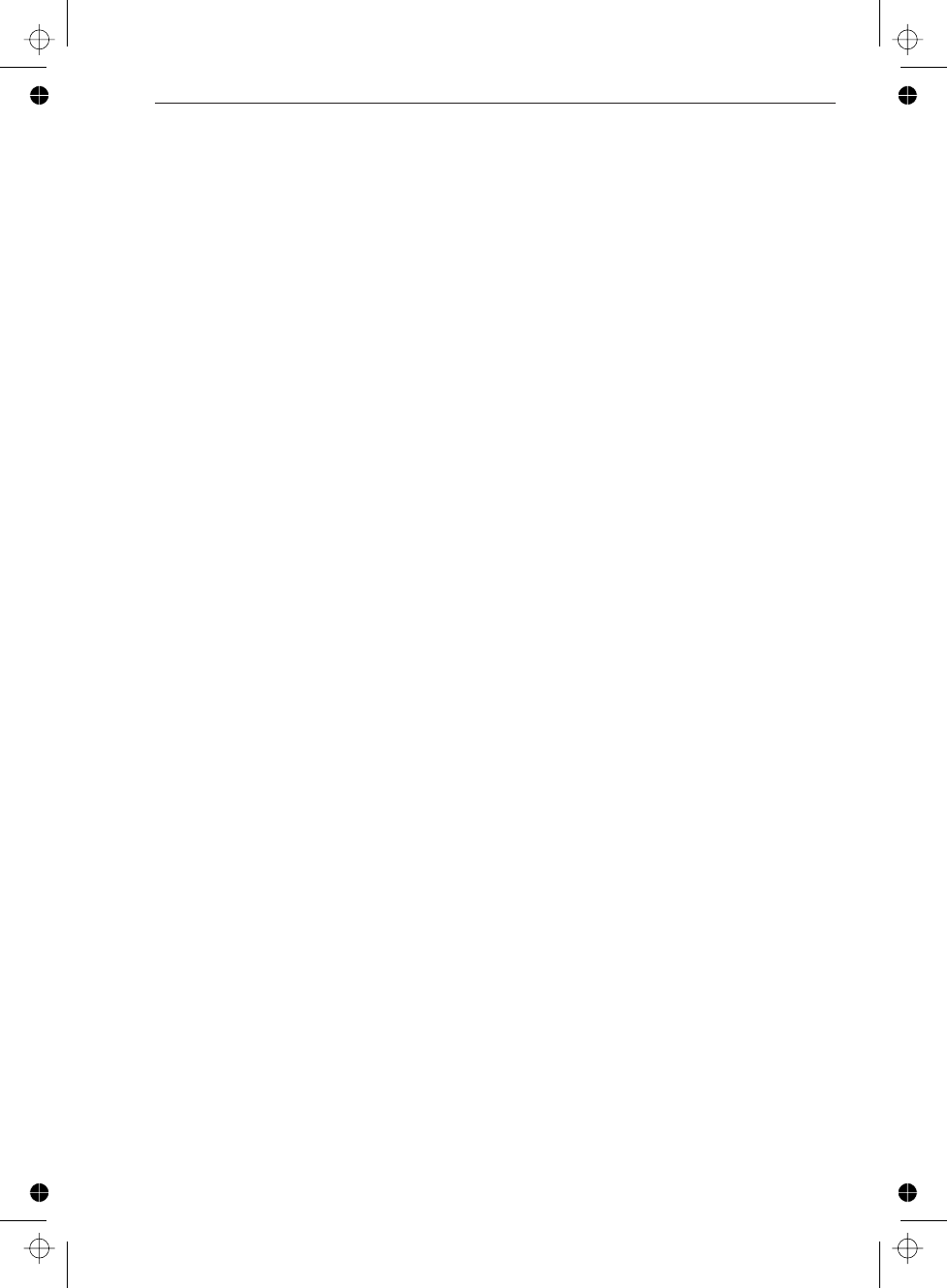
2. REAL Data Format
This program uses the REAL data format to speed up the measurement.
/* IEEE 488.2 binary real format follows the ‘little-endian’ format with the
most-significant byte first and the least-significant byte last. Intel processors use the
‘big-endian’ format, with the least-significant byte first, so we have to reverse the byte
order of the incoming block when running on a PC (Intel processor).
#include “decl.h”
#include <stdio.h>
#include <process.h>
#include <conio.h>
main ()
{
int Counter, i;
char InString[80];
double DoubleFreq;
Counter = ibfind(“DEV10");
/*Make the counter output it’s result in real format*/
ibwrt(Counter, “:FORM REAL”, 10);
/*Make continuous measurements until a key is hit*/
do {
/*Make a measurement and read the result*/
ibwrt(Counter, “READ?”, 5);
ibrd(Counter, InString, 80);
/*Assign the bytes 3...10 of InString to DoubleFreq bytes
7...0.
The format of InString is #18******** , where “********”
represents the value.*/
for (i=0; i<8; i++)
((unsigned char *)&DoubleFreq)[7-i] = InString[3+i];
/*Print the result*/
printf(“%le\n”, DoubleFreq);
} while (!kbhit());
/*Restore ascii output format*/
ibwrt(Counter, “:FORM ASCII”, 11);
exit(0);
}
Programming Examples
‘C’ for National Instruments PC-IIA, Real Data Format 4-15


















